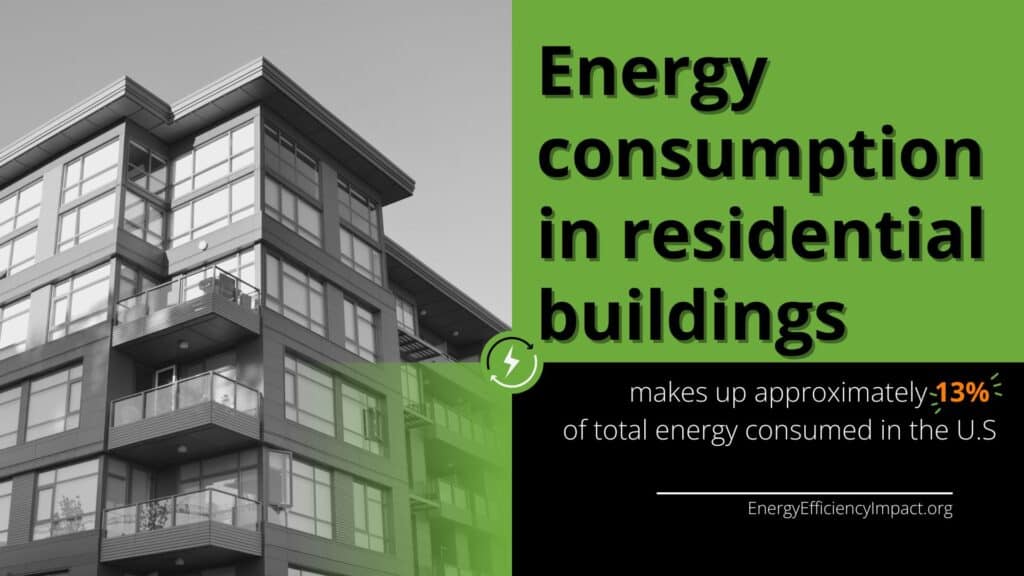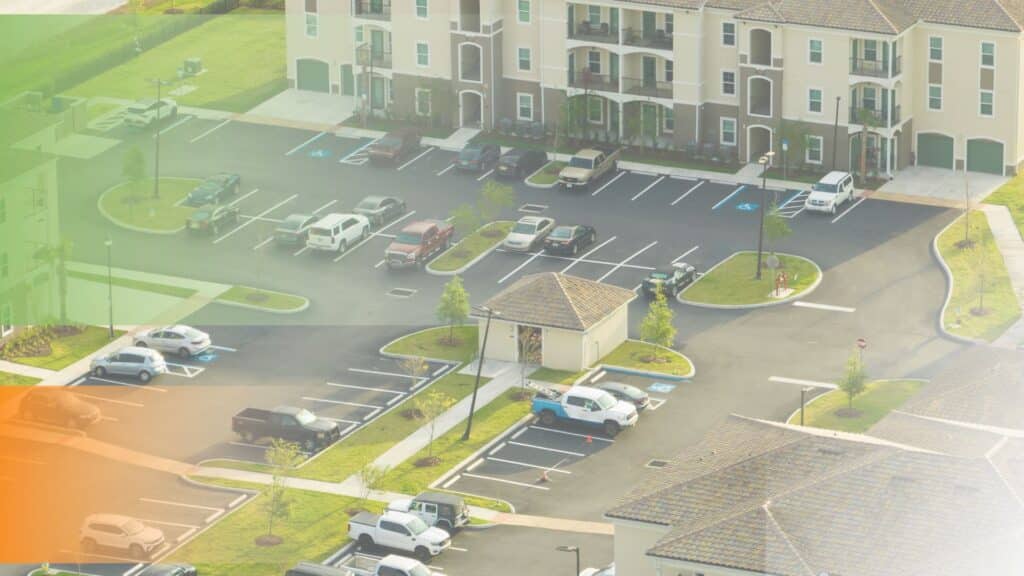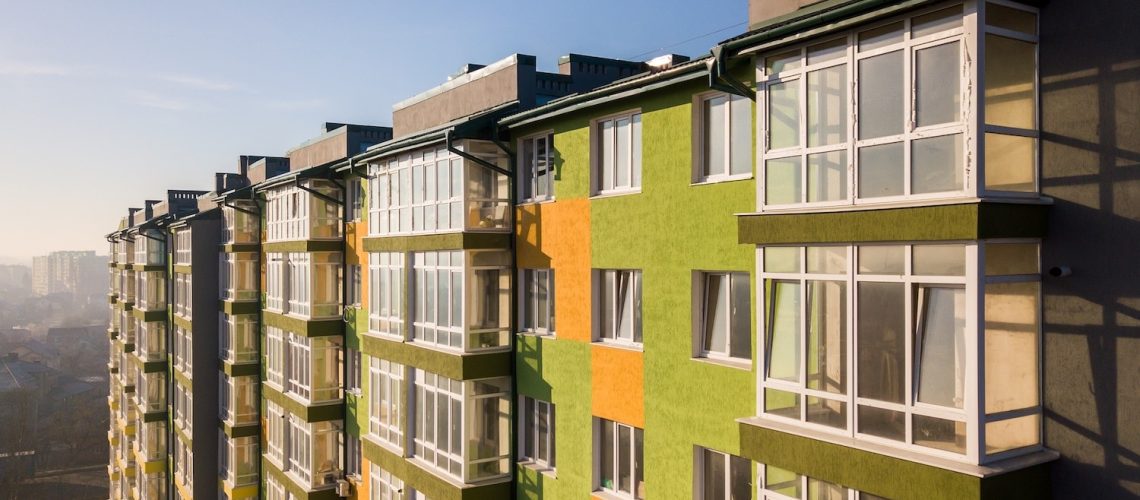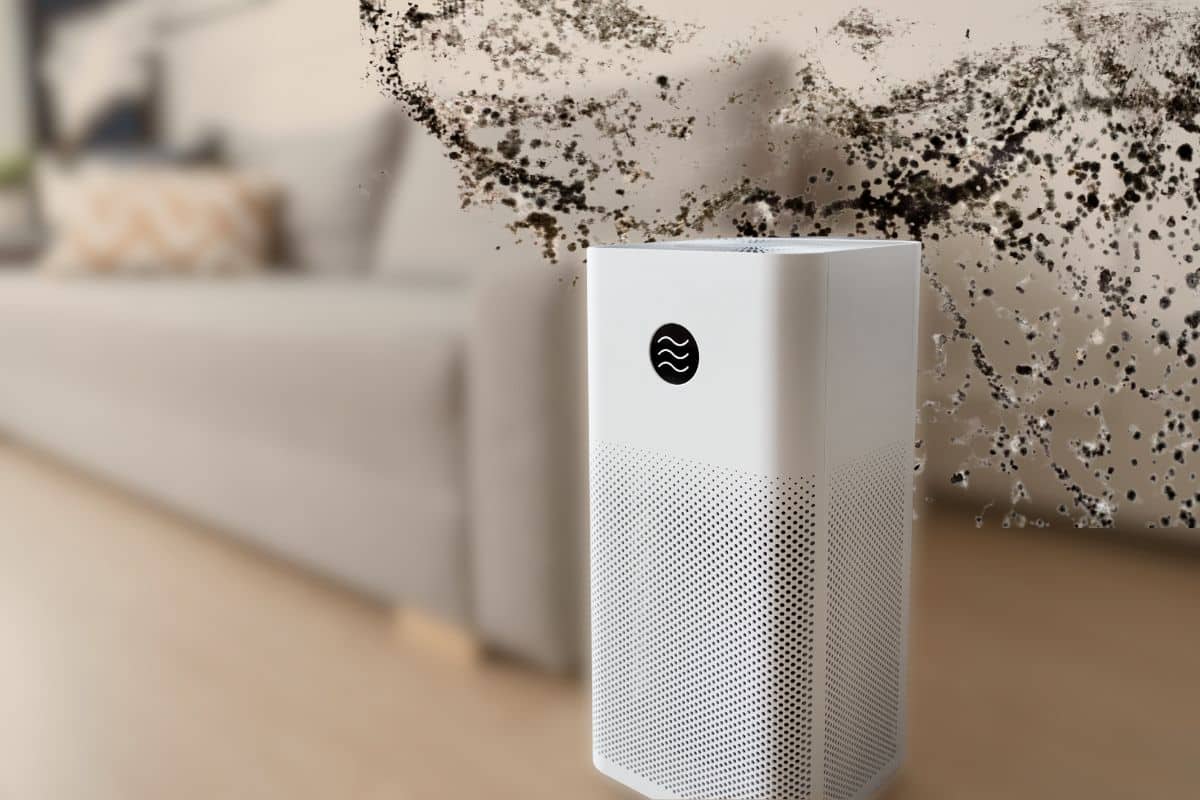Apartment building maintenance isn’t just about fixing things when they break; here are some of the top essentials worth focusing on.
It’s about protecting your investment, keeping tenants safe, and avoiding bigger problems down the line. Whether you’re managing a property or preparing to buy one, knowing what to look for and how to stay ahead is smart.
Table of Contents
ToggleWalk the Property With Fresh Eyes
When you’re on site every day, it’s easy to overlook the small stuff. But those details matter. Cracks in the sidewalk, leaning railings, and water stains under a window.
These may not seem urgent, but they signal deeper wear that can affect safety and long-term value.
Try walking the property as if you’re buying it tomorrow. What would raise a red flag? Make a habit of documenting what you notice, even if it’s minor. This sets the tone for proactive maintenance.
1. Track Patterns in Turnover
If your turnover costs are higher than expected, maintenance could be part of the reason. Look beyond repairs.
Are tenants leaving because of poor air flow, inconsistent hot water, or other avoidable property defects?
Compare maintenance logs with move-out notes. When you start to see patterns, you can fix the root cause, not just the symptoms.

2. Watch for Hidden Energy Loss
If some units feel colder in winter or hotter in summer, it might not be the HVAC system. Old insulation, damaged ductwork, or leaky windows can all cause energy loss that goes unnoticed.
Instead of guessing, start comparing seasonal energy use across units or buildings. If one is way off, it’s time to dig deeper. Sealing gaps and improving airflow can make a bigger difference than replacing the system itself.
3. Plan Ahead, Don’t Just React
Preventive maintenance is helpful, but predictive maintenance is better. This means tracking the age and condition of your systems so you know what’s likely to wear out next.
If your elevator has been running for 20 years, or your boiler keeps getting patched, it’s time to plan, not wait. A clear record of inspections and service history helps you budget smarter and avoid surprises.
4. Check Roof Drainage After Every Storm
You don’t always need to get on the roof to catch drainage issues. After heavy rain, walk around the outside of the building. Look for standing water, wet spots on siding, or overflow from downspouts.
These signs mean water isn’t flowing where it should, which puts your roof, siding, and foundation at risk. Even a small backup can lead to bigger damage if ignored.
5. Keep Common Areas Safe and Functional
Stairwells, hallways, laundry rooms, and entryways take a beating. These areas are used by everyone, every day, and issues here tend to go unnoticed until someone gets hurt or files a complaint.
Loose handrails, burned-out lights, and cracked tile are more than cosmetic. Schedule regular walk-throughs and log small repairs before they stack up.
6. Keep a Vendor Log and Maintenance History
Every building tells a story, and your records should back it up. Knowing who worked on what, when, and why helps you track repeat issues and evaluate which vendors are getting the job done right.
It also comes in handy if you sell the building or change management. A solid maintenance history builds trust and shows you’ve been on top of things.
7. Don’t Wait for Code Violations
Building codes aren’t just about permits. They change over time, and older buildings often fall out of compliance without anyone noticing until there’s a problem.
Exit signs, smoke alarms, handrail heights, and electrical panels — these may seem like small things, but they’re all tied to safety and liability. Bringing in a professional inspector can help you catch what you might miss on your own.
8. Check for Moisture, Not Just Leaks
Water damage doesn’t always start with a visible leak. Damp walls, musty smells, or bubbling paint could point to hidden moisture behind the scenes.
If you’re only fixing what’s obvious, you’re likely missing what’s slowly growing underneath. A moisture inspection can help detect problems early before mold or rot sets in.
9. Keep an Eye on Pavement and Parking Areas
It’s easy to overlook parking lots and sidewalks, but they’re part of your property’s first impression. They also matter for safety.
Look for cracks, lifted slabs, fading lines, or low spots where water pools. Fixing small issues early can prevent falls and protect your property from liability claims.

10. Look for Problems That Repeat Across Units
If you get one complaint about a toilet, that’s probably just a unit issue. If you get three in a week, it’s time to check the building’s plumbing stack.
Pay attention to patterns in service requests. When the same problem shows up in multiple places, it’s usually not a coincidence. These are the kinds of issues that professional inspectors are trained to spot early.
Other Maintenance Tasks to Keep in Rotation
- Pest control
- Fire extinguisher checks
- Seasonal landscaping or snow removal
- Entry lighting and security cameras
- Exterior paint and signage
When to Call a Professional
There are a few times when bringing in a licensed inspector is the smart move:
- Before buying or inheriting a building
- After storms or major repairs
- If the same issues keep coming back
- Before planning major upgrades or refinancing
An inspection gives you a full picture of your property’s condition and helps you make decisions based on facts, not assumptions.
Conclusion
Apartment building maintenance essentials go beyond your list of to-dos. It’s the way you protect your property, avoid emergencies, and build long-term value.
If you’re not sure what your building might be hiding, or you want a clearer view of where to focus next, it’s worth getting a second opinion.
Schedule a commercial inspection with Inspection Gator to get ahead of the problems most owners miss.





